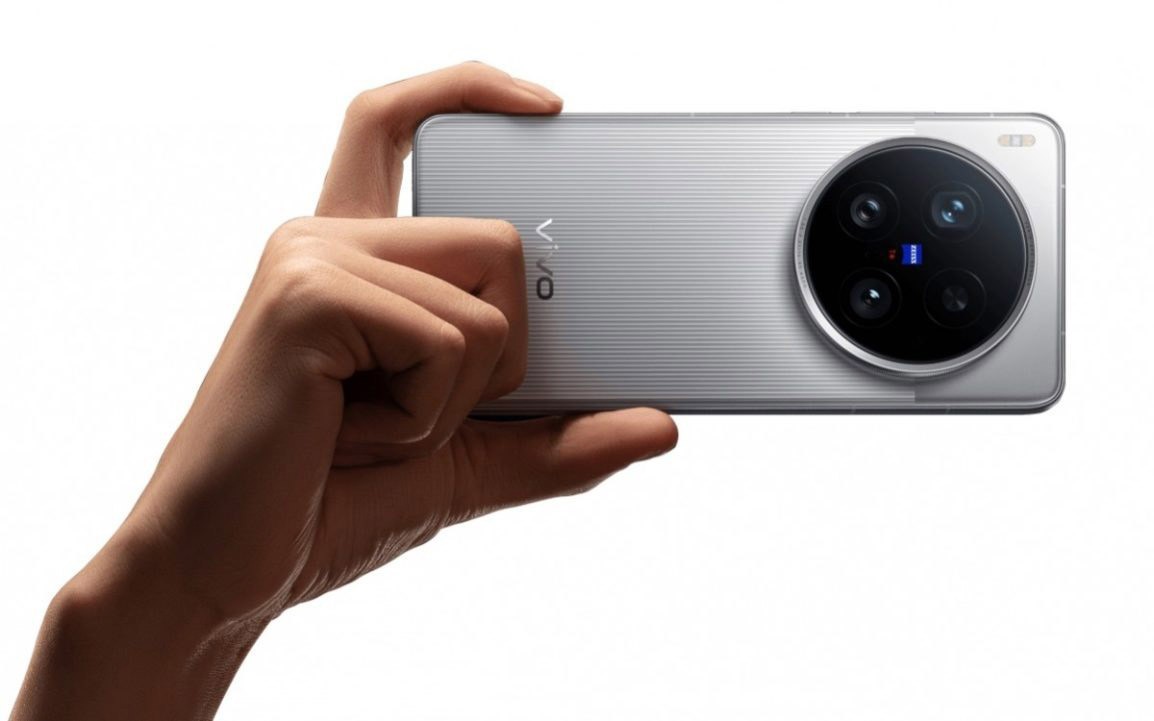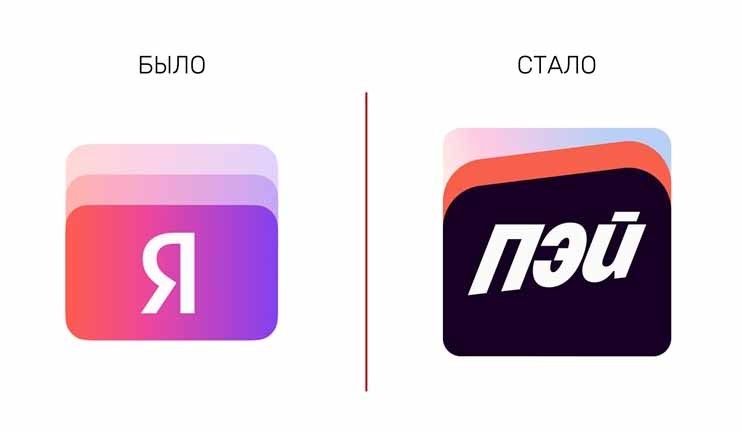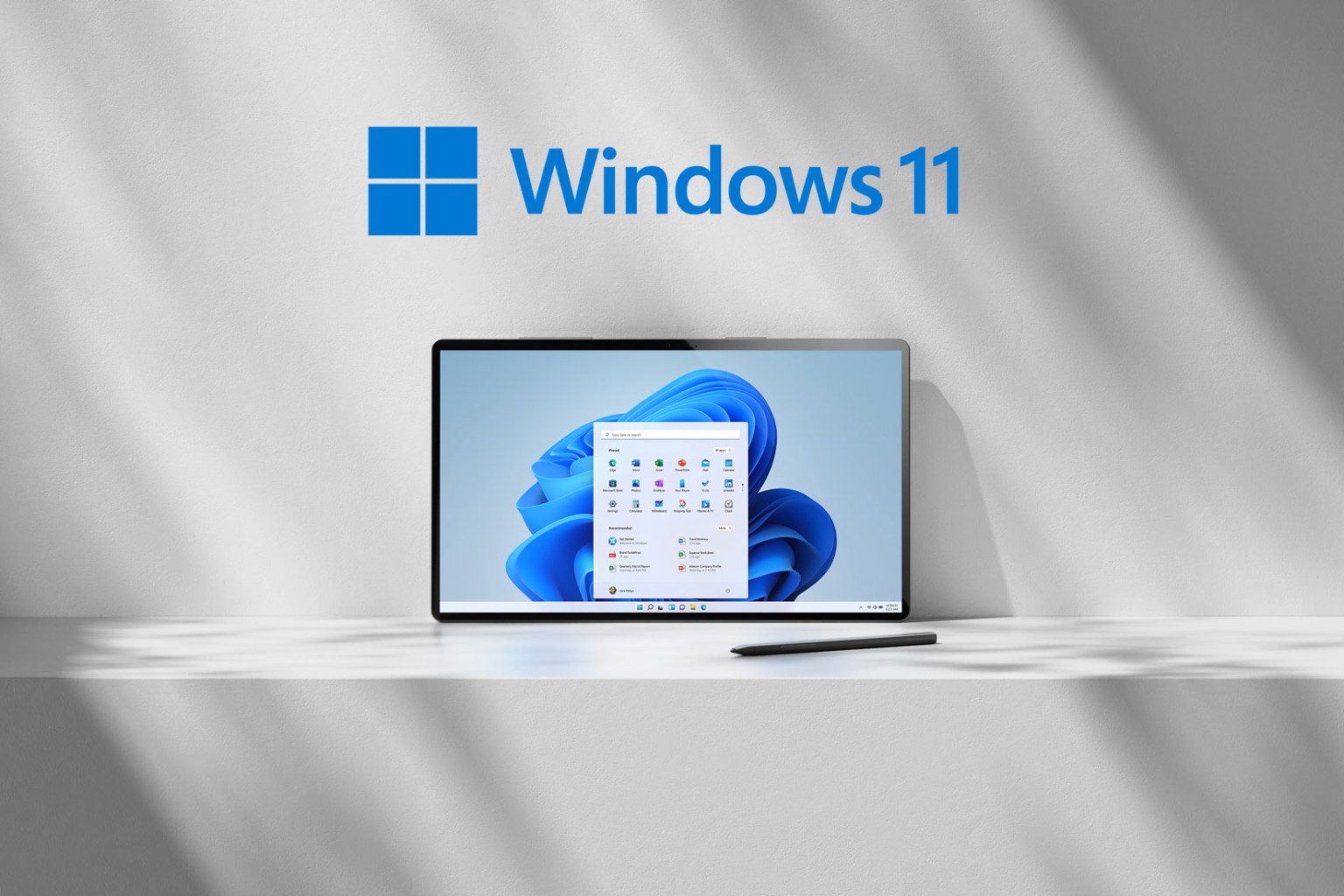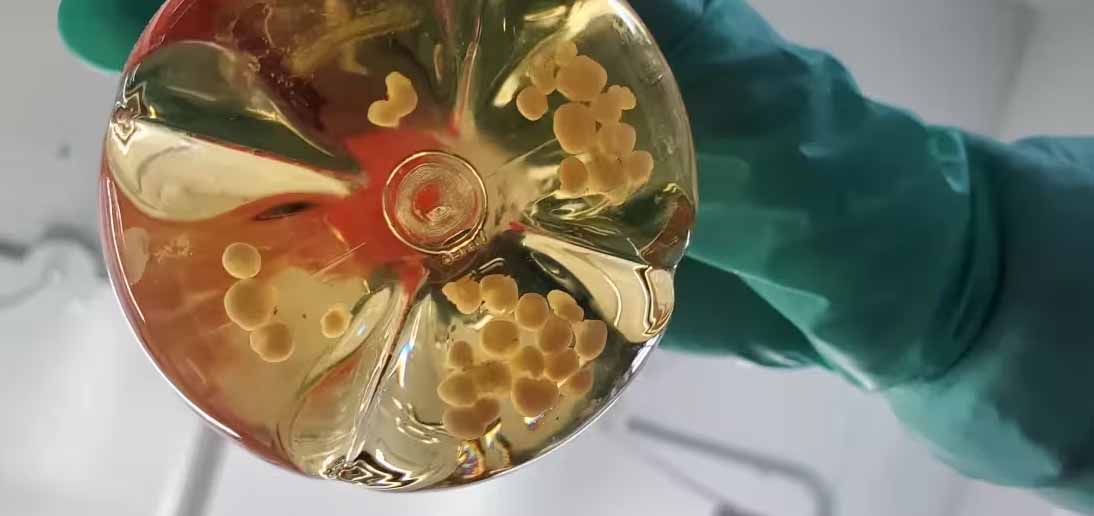Chinese technology company Vivo is preparing to release the next flagship smartphone of the X series, which, according to preliminary data, will receive a major update in the field of mobile photography. The base model Vivo X300 will be equipped with a new sensor from Samsung-ISOCELL HBP with a resolution of 200 megapixels.
This sensor is a 1/1. 4-inch matrix that exceeds the physical size of the previously used Sony IMX921 used in the Vivo X200 model. Recall that in the previous generation, the main module had a resolution of 50 megapixels and a sensor size of 1/1. 56 inches. Increasing the area of the sensor and increasing the resolution to 200 megapixels allows you to count on increased image detail and improved performance in low-light conditions, which is a key parameter for premium devices.
The ISOCELL HBP is expected to be a modified version of the ISOCELL HP9 sensor, which was already used as a periscope telephoto lens element in the Vivo X200 Pro. According to available information, in the X300, the company can opt out of using a periscope camera exclusively in an additional module and transfer the corresponding optics to the main shooting system.
Additionally, it is reported that the Vivo X300 can get another sensor with a resolution of 50 megapixels, also with periscope zoom. The sensor will have a diagonal of 1/1. 95 inches, which implies a high aperture and stable performance with multiple zoom levels without losing quality. This configuration responds to current trends to merge the functions of the main and telephoto cameras in one optical unit.
Information about Vivo's new hardware solutions indicates continued technological competition in the mobile photography segment. The company relies on improving image quality by integrating large sensors, as well as strengthening the role of computational photography and AI-based processing. The X300 model should consolidate the brand's position in the flagship device category and offer users new standards for mobile visualization. An official announcement and technical details are expected in the coming months.











